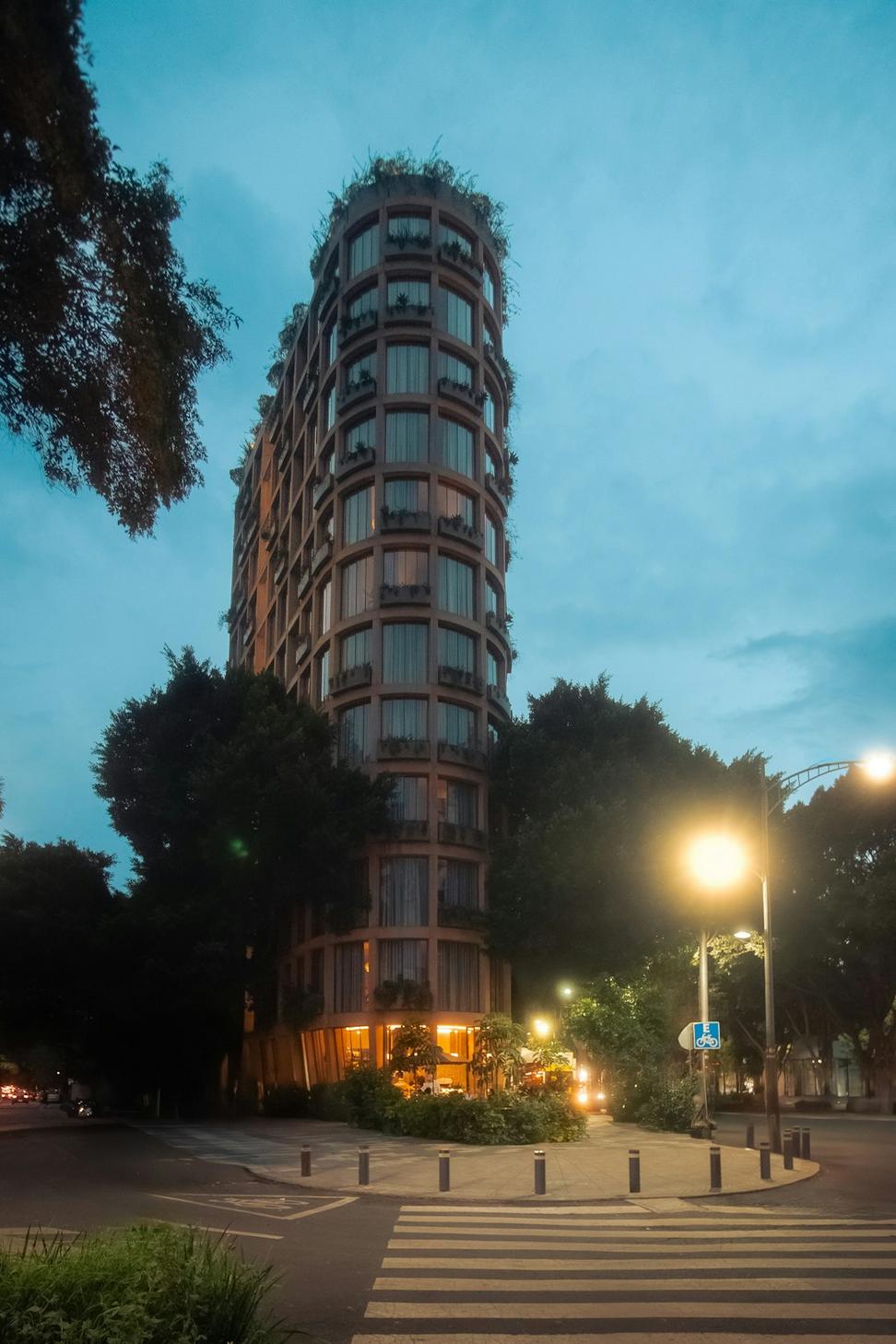
Building Green, Living Better
It's not just about making buildings anymore - it's about making them right

It's not just about making buildings anymore - it's about making them right
Look, we've been at this for years, and honestly? We've seen the construction industry waste enough materials to fill Lake Ontario twice over. That's gotta change.
When we started Gildan Thalquorix, sustainability wasn't some trendy checkbox - it was personal. We're talking about the spaces where people spend 90% of their lives. The buildings that'll outlast most of us. Every decision we make echoes for decades, so yeah, we take this stuff seriously.
Our approach isn't about slapping solar panels on everything and calling it a day. It's deeper than that. We're looking at material lifecycles, energy modeling before the first shovel hits dirt, and designing spaces that actually work WITH the environment instead of fighting it.
And here's the thing - sustainable design saves our clients real money. Lower utility bills, healthier indoor environments, better resale value. It's not charity work, it's just smarter architecture.
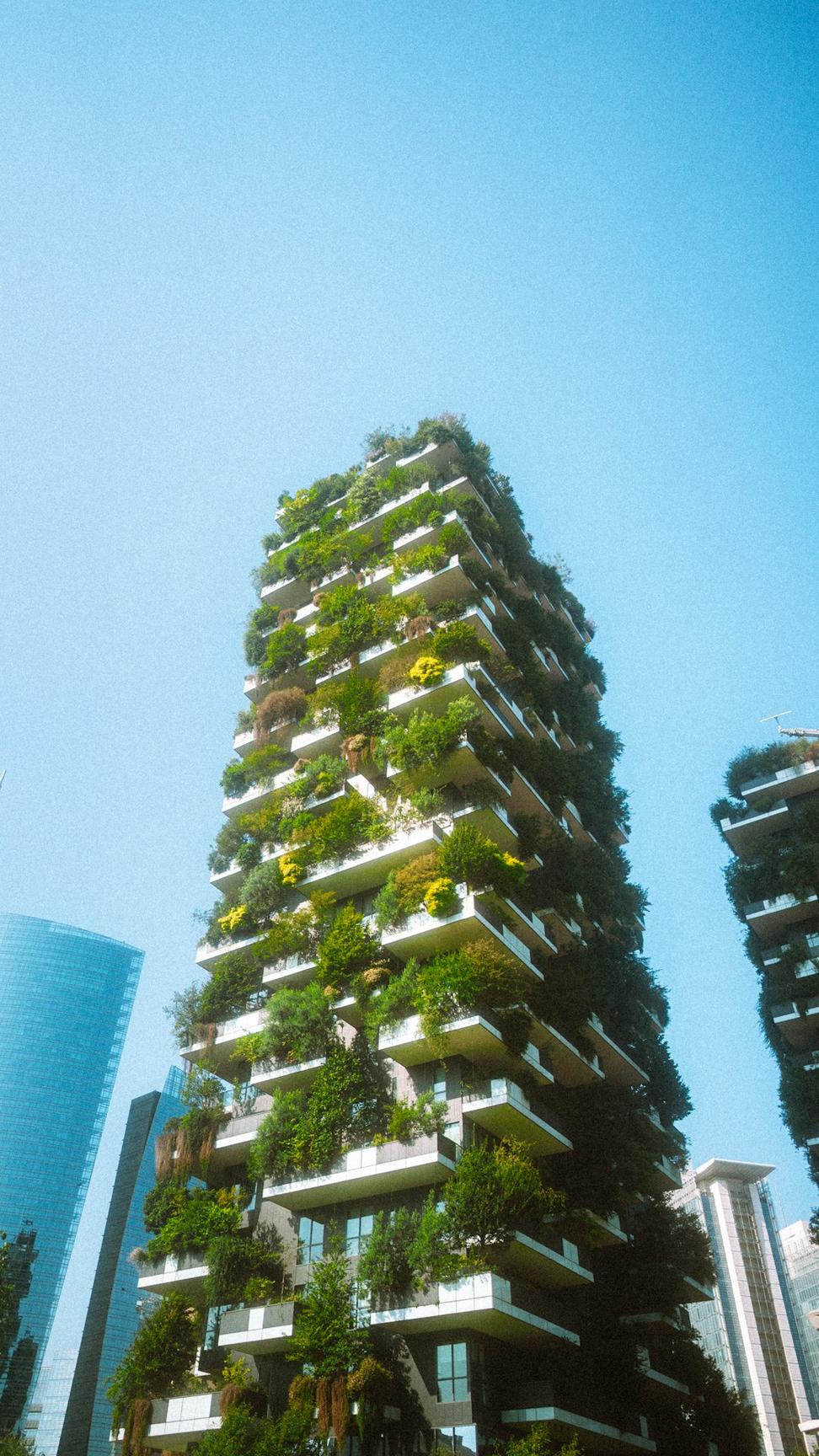
These aren't just fancy logos for our website - they represent countless hours of learning and real-world application
We've got LEED APs on staff who eat green building standards for breakfast. Multiple Gold and Platinum projects under our belt.
Designing ultra-low energy buildings that barely need heating or cooling. It's basically architectural wizardry.
Active members of the Canada Green Building Council. We don't just follow standards, we help shape them.
Designing buildings that produce as much energy as they consume. The future is here, folks.
We track this stuff obsessively. Here's what our projects have accomplished over the past 3 years:
Average energy reduction vs. conventional buildings
Kilograms of CO2 emissions prevented annually
Construction waste diverted from landfills
Liters of water saved through smart fixtures and systems
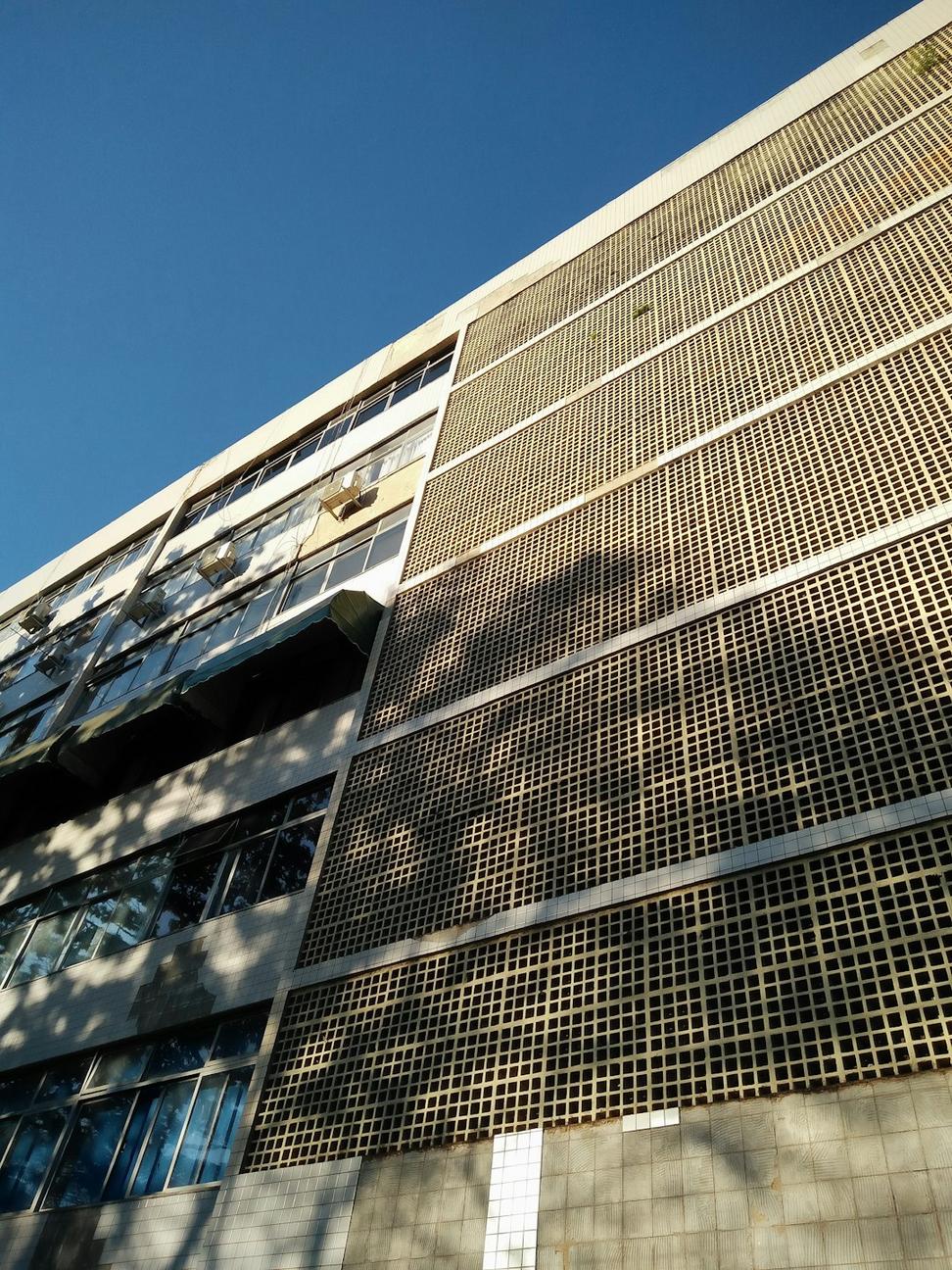
Before we talk about fancy HVAC systems, we orient buildings right. South-facing windows in winter, shading in summer. Thermal mass where it counts. Natural ventilation paths. Your grandparents knew this stuff - we just refined it with modern building science.
One of our residential projects in Rosedale cut heating costs by 40% just through smart orientation and window placement. No gadgets required.
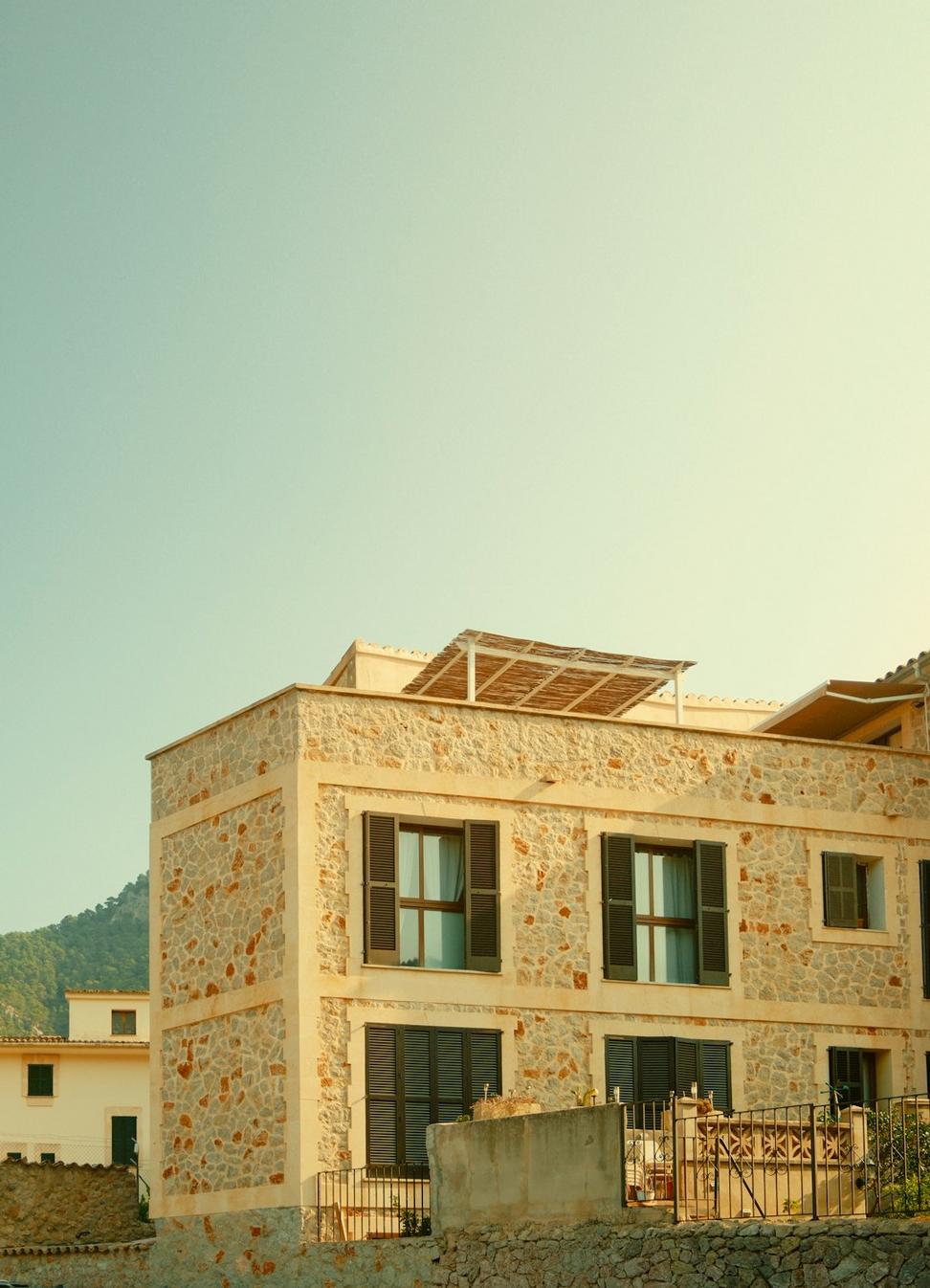
We're picky about what goes into our buildings. Reclaimed wood, low-VOC finishes, locally-sourced materials whenever possible. Not just because it's "green" but because it's healthier and often more durable.
There's this misconception that sustainable materials cost more. Sometimes they do upfront, but they last longer and perform better. We ran the numbers - our material choices typically pay for themselves within 7-10 years.
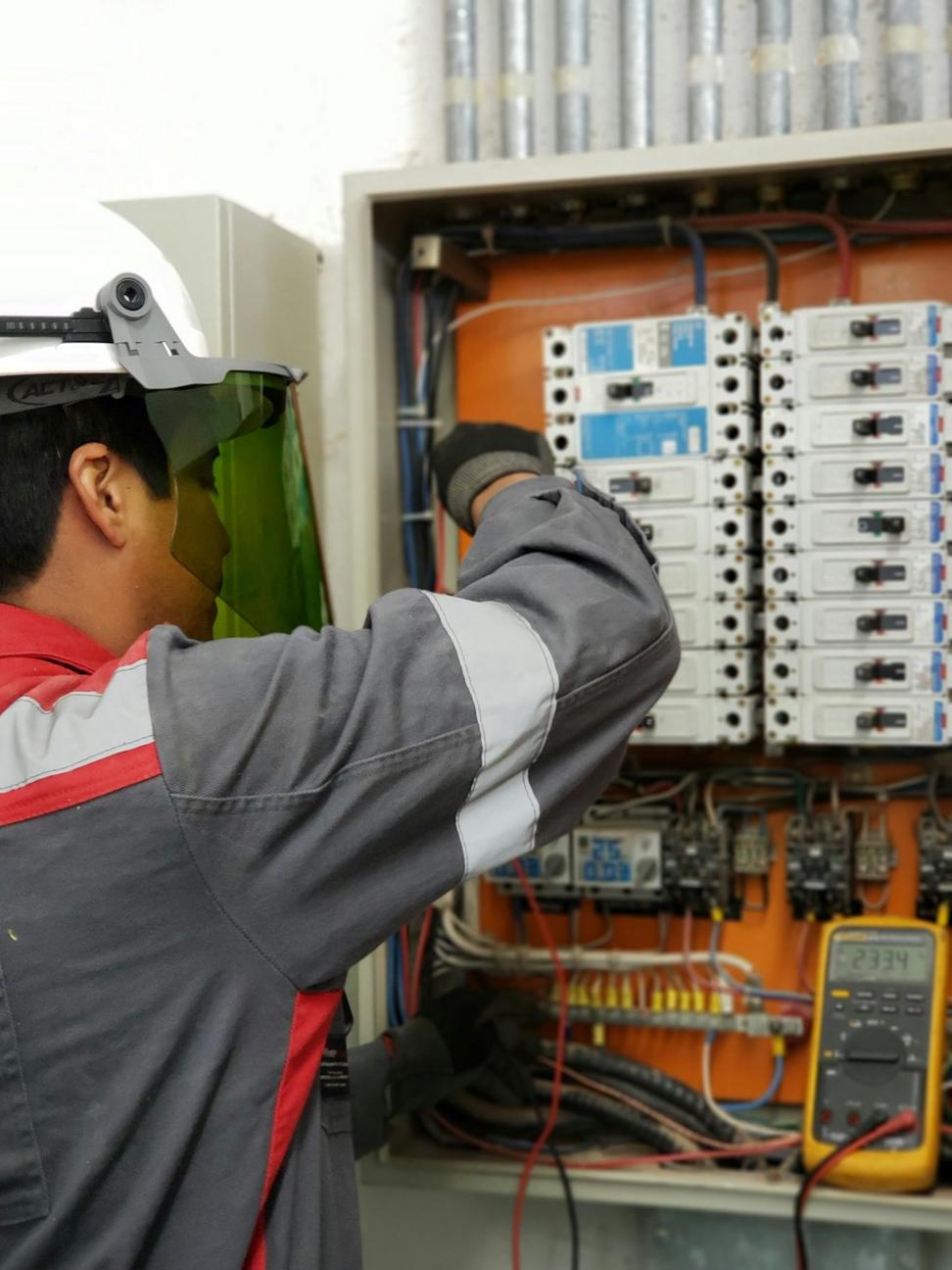
Yeah, we integrate building automation and energy monitoring. But only when it actually helps. We've seen too many over-engineered buildings that confuse the heck out of their users.
Our systems are intuitive. Occupancy sensors that work. Thermostats people can actually understand. Solar arrays sized for real usage patterns, not theoretical ones.
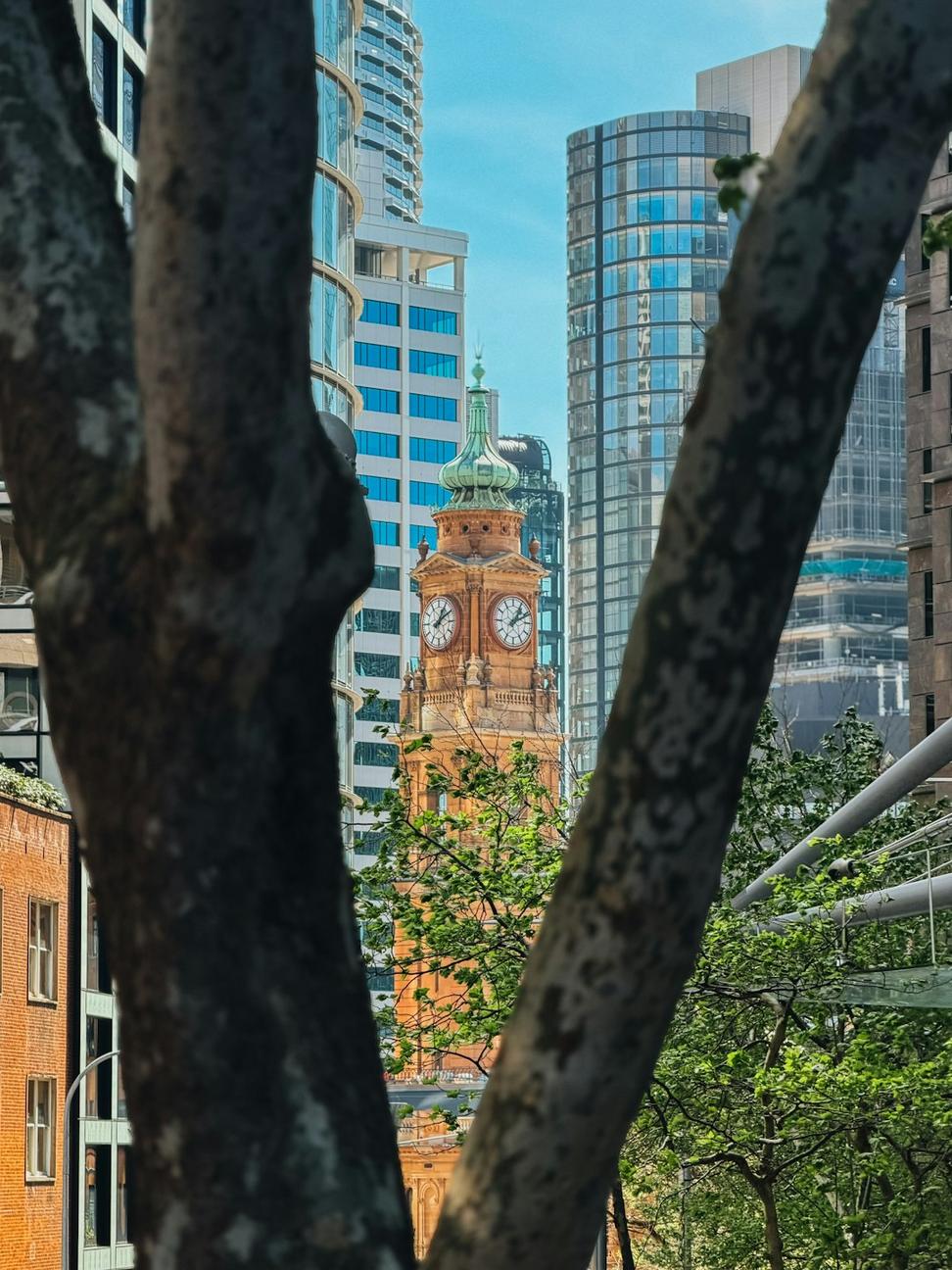
Green roofs, bioswales, rainwater harvesting - we love this stuff. But we only spec it when it makes sense for the site and the client's maintenance capacity.
Our commercial project on Queen West has a green roof that reduced stormwater runoff by 75% and dropped roof membrane temperatures by 30 degrees in summer. The tenants love the rooftop garden space too.
These aren't marketing fluff - they're how we actually make decisions on every project
The most sustainable building is the one that doesn't need to be torn down in 20 years. We design for adaptability and durability. Flexible floor plans that can evolve. Materials that age gracefully. Details that can be maintained without specialized contractors.
We've renovated enough trendy buildings from the 90s to know what doesn't work. Timeless doesn't mean boring - it means thoughtful.
We use energy modeling software on every project. Daylight analysis. Thermal bridging calculations. Embodied carbon assessments. It sounds nerdy because it is.
But this data-driven approach means our buildings perform as designed, not as hoped. We've got post-occupancy data proving it. Our predicted vs. actual energy use is within 8% on average - that's pretty damn accurate in this industry.
We work with Ontario suppliers whenever we can. Shorter supply chains mean lower emissions and better quality control. Plus, we're supporting the local economy.
Stone from Quebec, timber from BC, fixtures manufactured in Ontario. Sometimes we need specialized products from elsewhere, but it's not the default.
Sustainable design only works if clients understand and embrace it. We spend time explaining why we're recommending certain strategies. We show them the payback periods. We connect them with past clients.
When people understand the "why," they become advocates. We've got clients who've gone on to build multiple green buildings because their first experience was so positive.
What's the point of an energy-efficient building if people are miserable inside it? We prioritize indoor air quality, natural light, thermal comfort, and acoustic performance.
These factors directly impact productivity, health, and wellbeing. Studies show people in well-designed green buildings take fewer sick days and report higher satisfaction. That's value you can't put a price on.
We're constantly learning and evolving. Right now we're diving deep into:
We're also working on a whitepaper about practical net-zero strategies for Toronto's climate. Stay tuned.
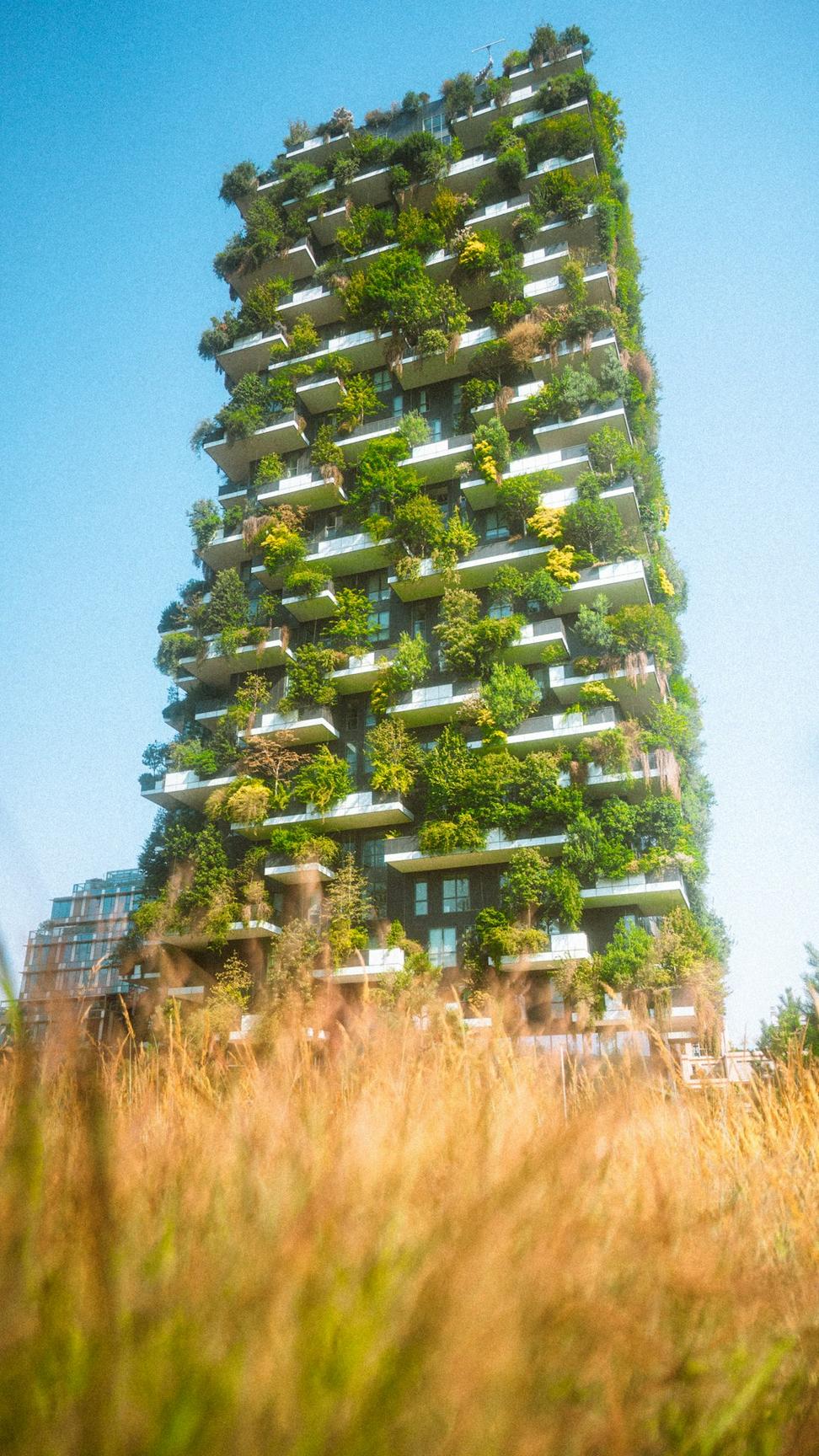
Whether you're planning a new build or renovating an existing space, we'd love to show you how sustainable design can work for your project and your budget.
No greenwashing, no compromises on quality or aesthetics. Just smart, responsible architecture that performs.
Start the Conversation